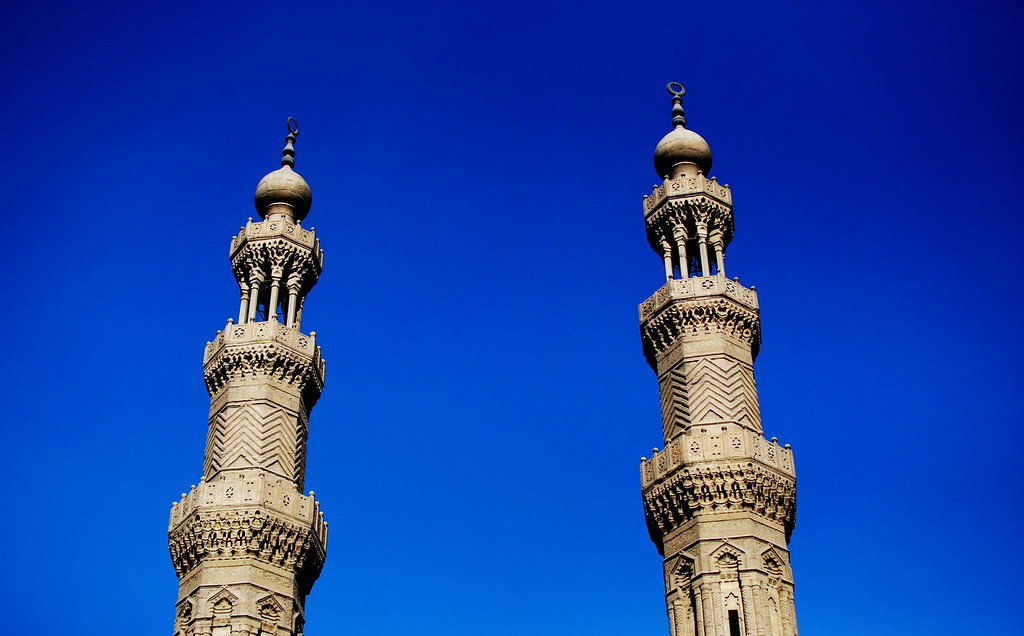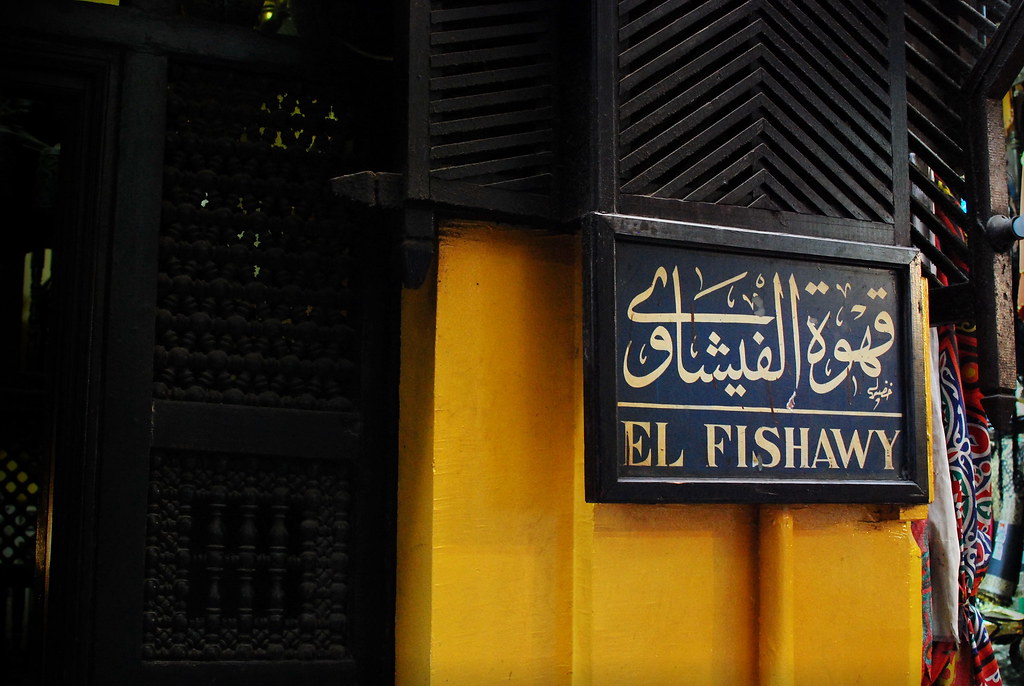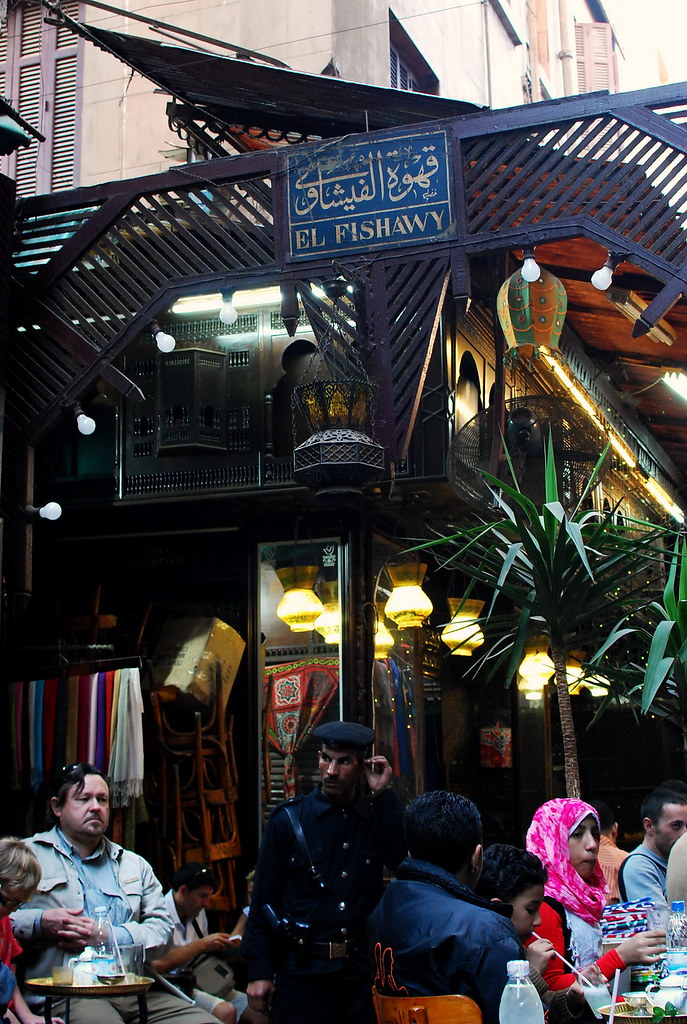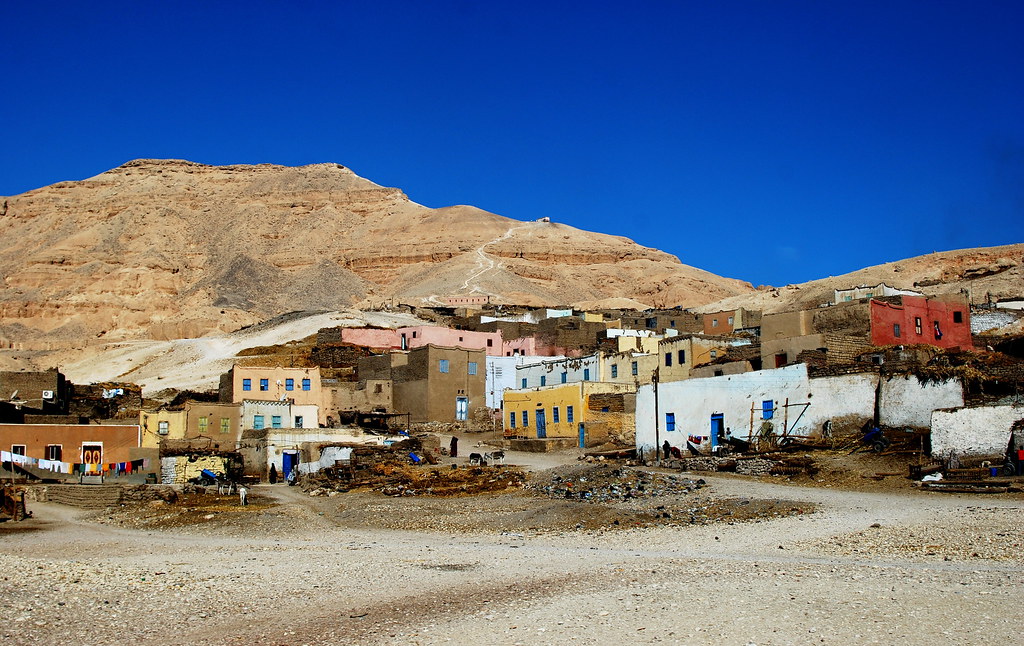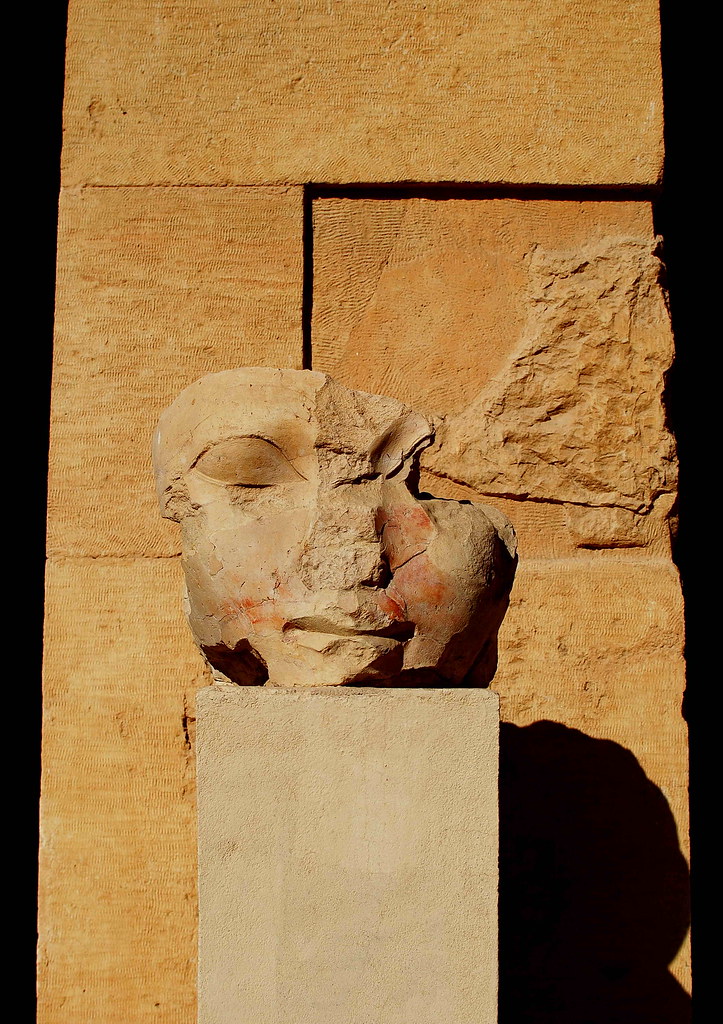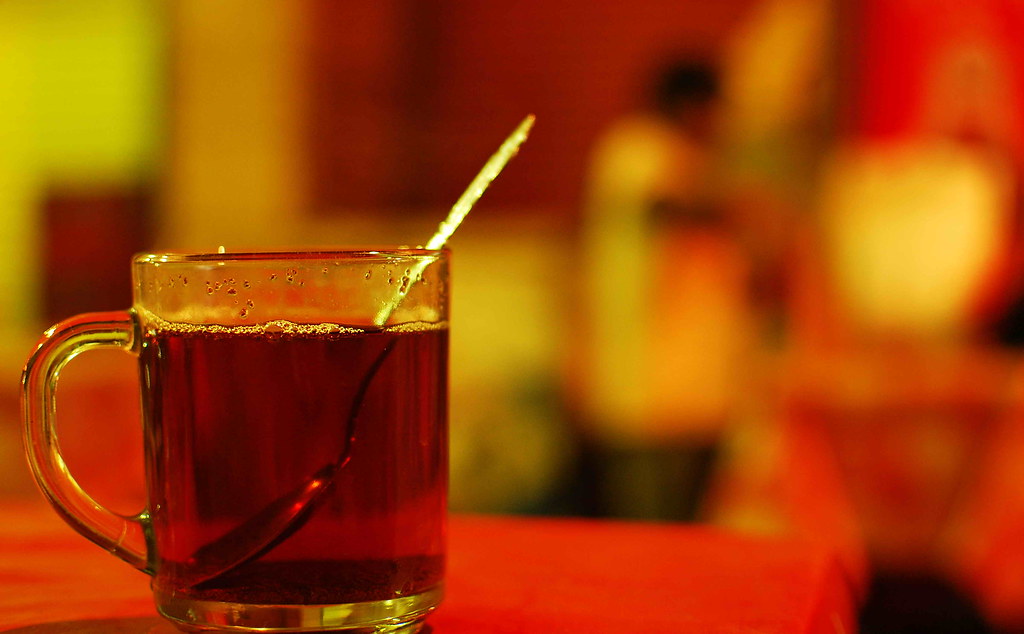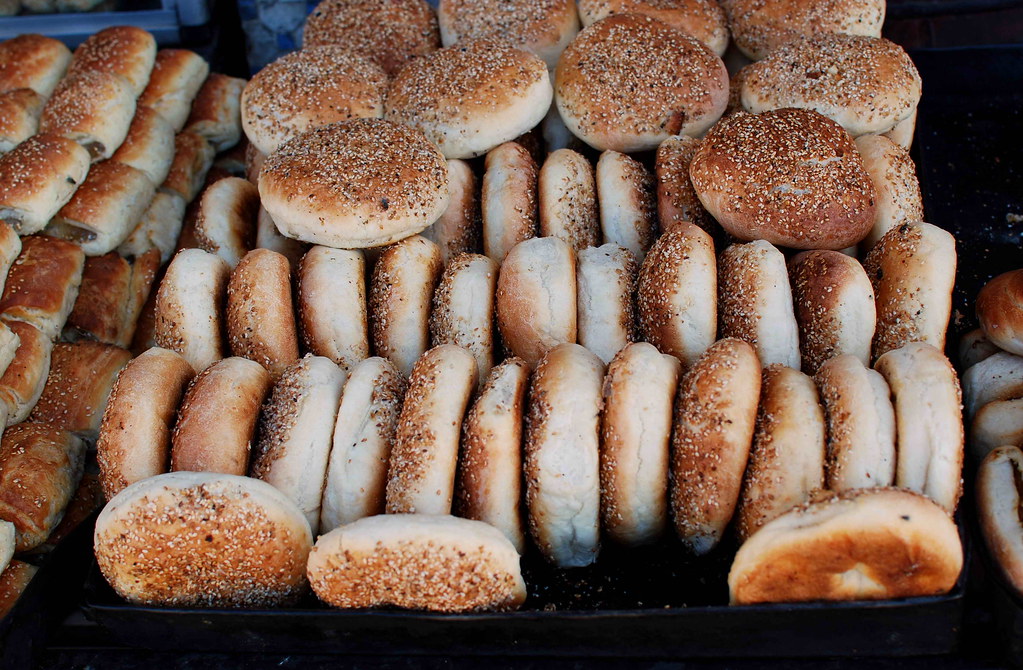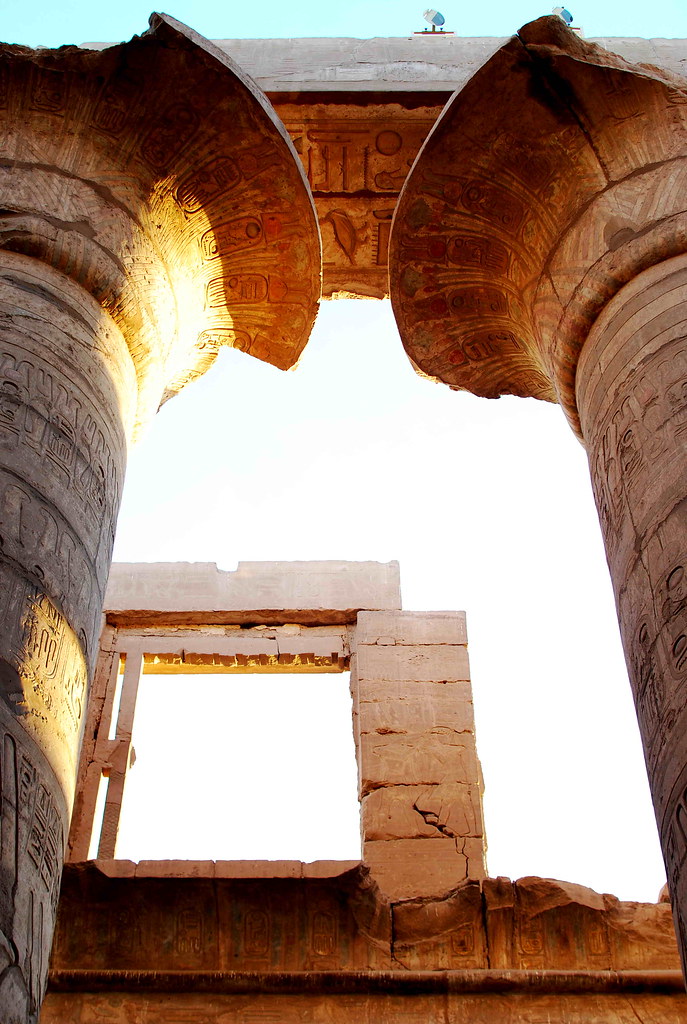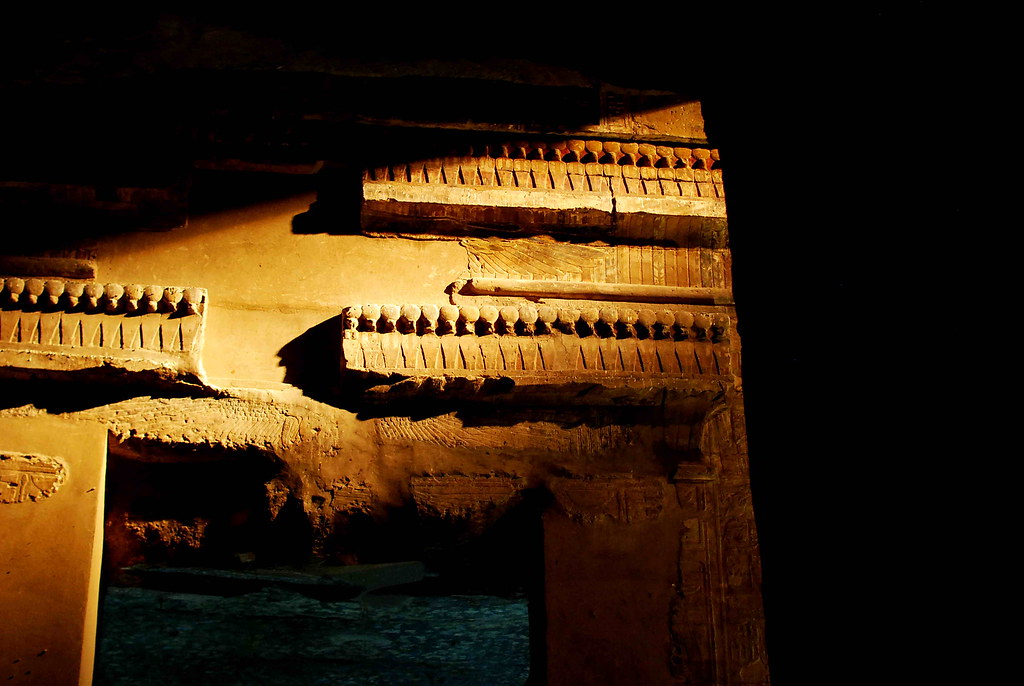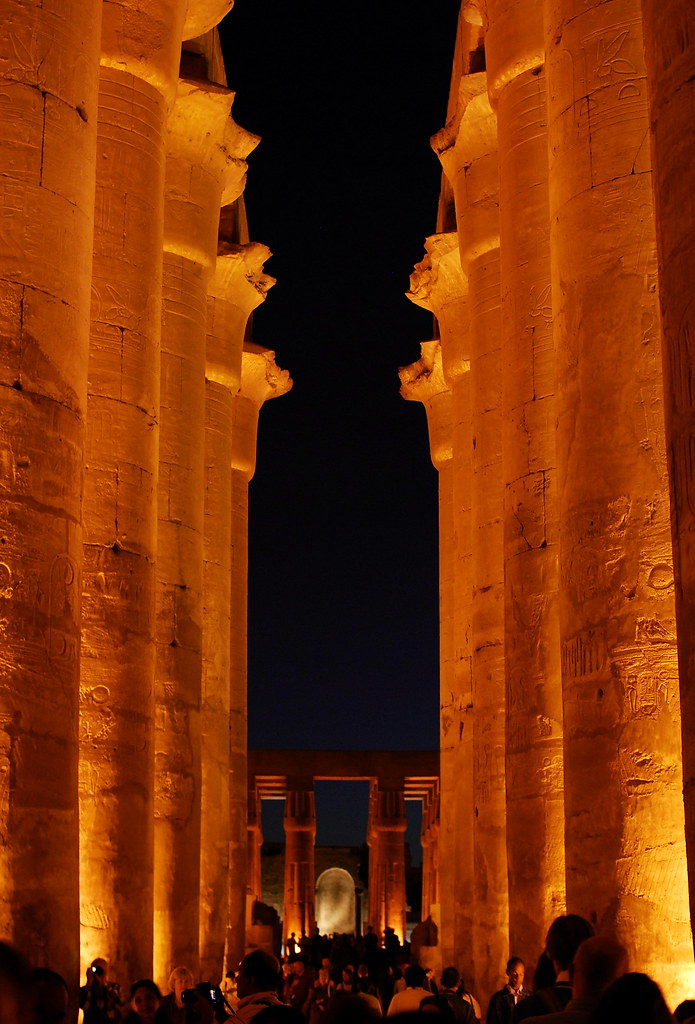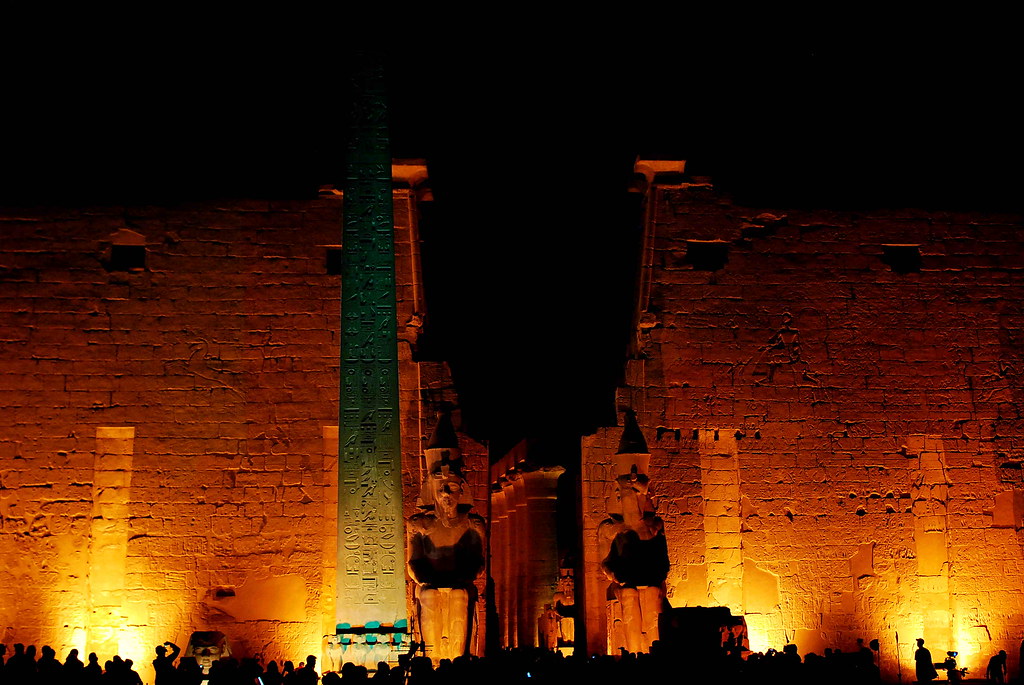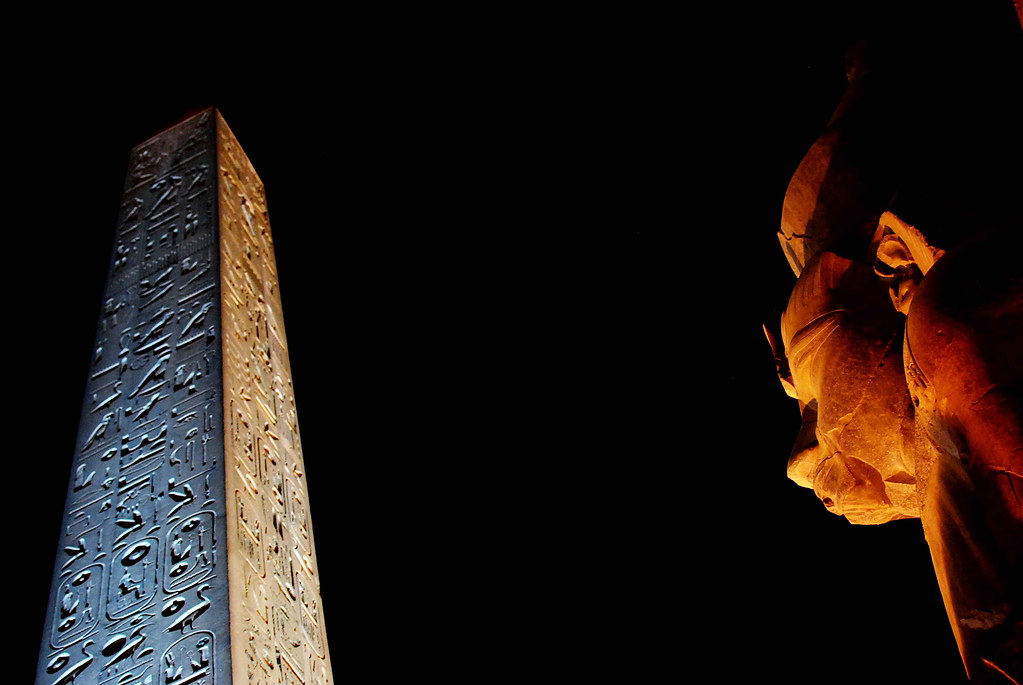When lost, do you safely backtrack or risk the path ahead, in hope that it will lead you to your destination?
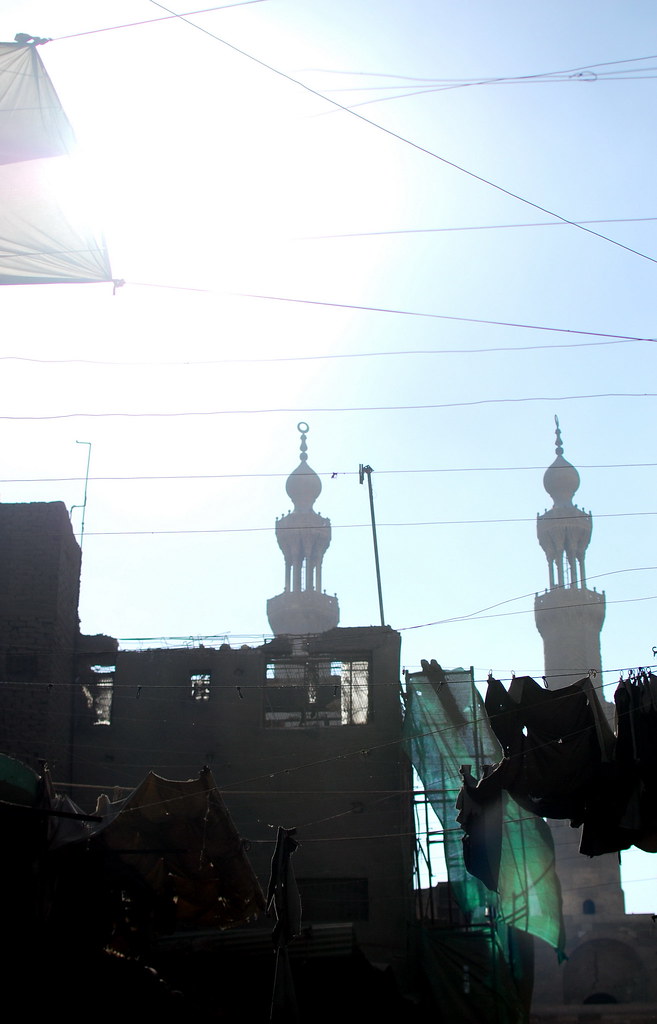
No matter how experienced a traveller you may be, chances are that one day, your ignorance to details will have you paying more than you budgeted for.
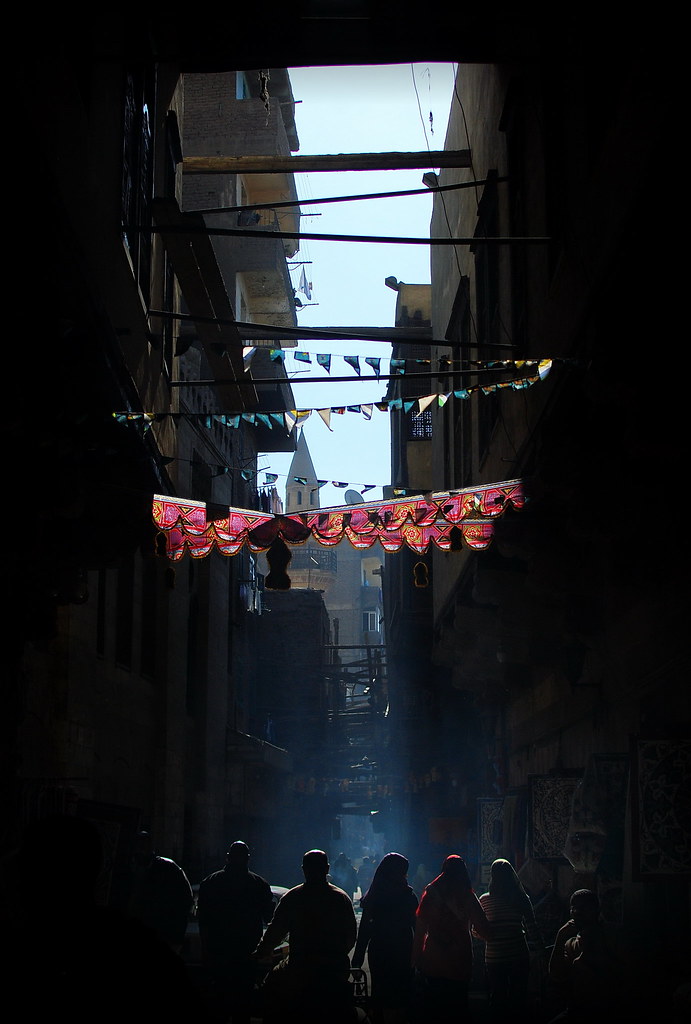
Midan Hussein, I confidently directed the taxi driver. We were approaching the heart of the medieval Islamic quarter on a Friday afternoon. I should have known better than to choose a Friday to pay a visit. In front of us was a huge mosque surrounded by a battalion of armed men in black uniform. Luxury cars with heavily tinted screens piled up in front of the mosque. Quite rightly, some dignitaries must have been performing their Friday prayer at the important Al-Azhar mosque.
The main road was blocked. The traffic officer instructed our driver to take the alternative route. Trouble. Mister taxi driver's reluctant expression showed that he could only bring us that far. More trouble. Where is Midan Hussein?, I asked. And he answered in Arabic...
In fact, Midan Hussein was only steps away had we turned right from where we got off. And we would have arrived at Khan al-Khalili, Cairo's most famous souk, in a matter of minutes. But we didn't. The Christopher Columbus in us believed that the lane exploding with textiles on the left was one of the many entrances to the souk. We excitedly entered the noisy, colourful lane. Into a gate and out, we were now surrounded by poultry-slaughtering activities, followed by stalls stacked with delicious-looking fruits. We were now more convinced that we made the right decision.

I can't decide if I'd failed the map or had it failed me instead. I could have used my compass to confirm our bearing but on the other hand, the map should have been more generous with the ink. Minutes down the lane, we expected to see some copperware, jewelleries and spice shops. Instead, there were more fruits and bread stalls while the number of foreigners (or tourists) came down to only the two of us. Clearly, we had entered another neighbourhood.

How many ways are there to say Khan al-Khalili? Why couldn't the locals at the market understand our pronunciation was beyond me. But interacting with them was fun, of course. Despite the language barrier, the locals tried hard to understand and help us. At almost noon, we started feeling hungry. The aroma of freshly baked bread was really appetising. At another stall, cups of parfait-like cut fruits with cream looked good too. Let's not get me started with the enticing assorted skewered meats.

You know that you've walked far enough when you see the grand Citadel, about 1.5 km south of Khan al-Khalili. To get to the Citadel, take a taxi from Khan al-Khalili, wrote one of the guide books.
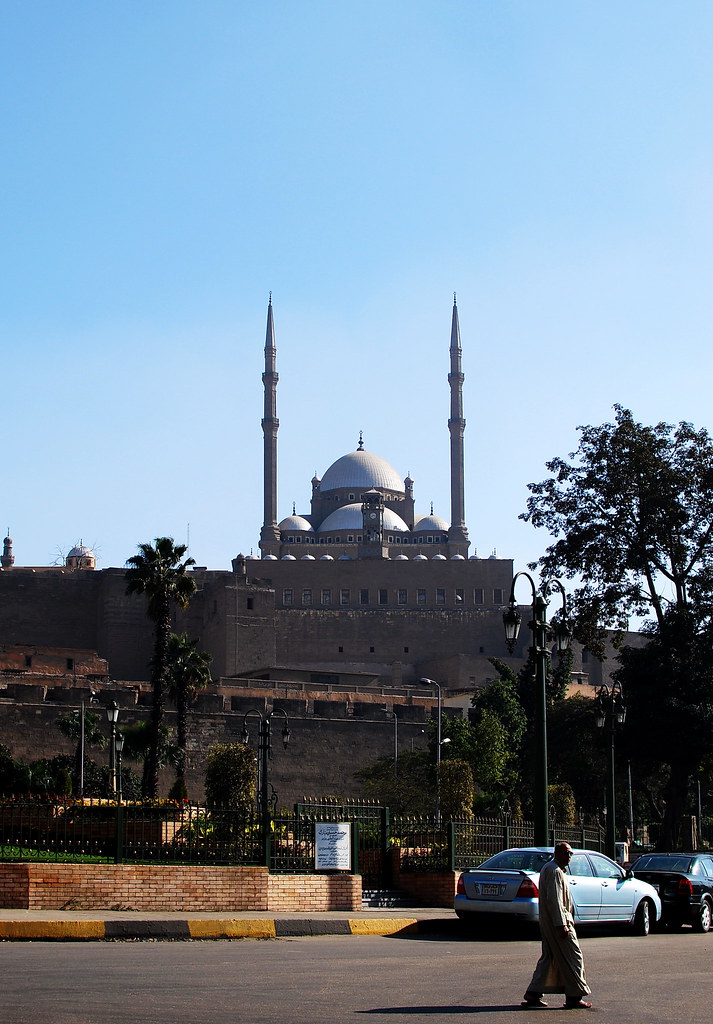
And that's what we finally did. Of course, we weren't sure if the taxi driver understood us at first. But we did arrive at the same blockage and this time, turned right into an obviously more touristy path. Late lunch was devouring a whole stuffed pigeon, cucumber salad and bread with hummus.
The amazing souk was built in the 13th century. Amazing because it had a complex maze of shops and places of worship, was surrounded by beautiful, often symmetry-inspired Islamic architecture and had this nostalgic charm that I'd only seen in television previously. Be it the well-conserved mausoleums or the broken gateways, every corner seemed to have an interesting story to tell.

Days ago, while flipping through my guide book, I came across sufi whirling and was intrigued by the ritual. Of course, with only a few days to cover the whole of Cairo, it would be impossible to include that in my itinerary.

We observed some sort of carnival taking place at one of the concourses near the Madraset AL Zaher Bebers AL Bandakdary and Mausoleum Of As-Saleh Nagm Ad-din Ayyub. The centre of attraction was a man in a red costume who began to whirl to the music. I believe that it was a public sufi whirling performance! I was really impressed by the artiste's composure and consistency. I would have fumbled after the second whirl.
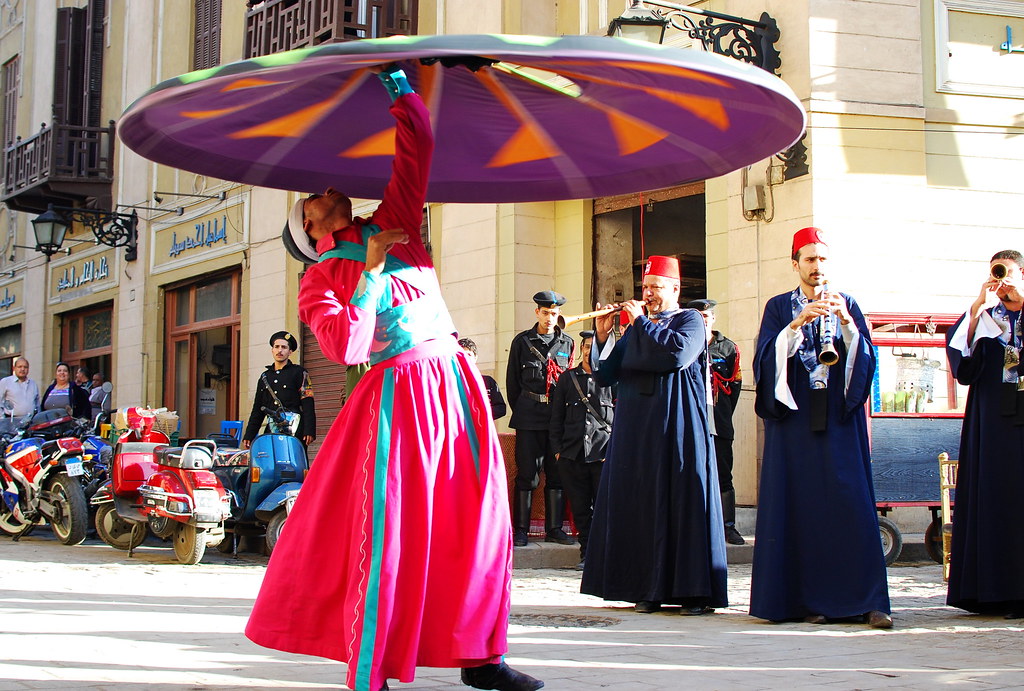
I had to pay a visit to the infamous Fishawy's Coffeehouse before I leave. But not without a struggle in the confusing maze, of course. Circling the same blocks a few time without success of finding the coffeehouse, we almost gave up. I'm glad we found it eventually, thanks to the familiar faces of tourists crowding the lane of El-Fishawy.
As an independent visitor, every day promised a new adventure in Cairo. Every journey to a new destination was an unforgettable experience. I might not want to get lost again in other parts of this city but to Islamic Cairo, I'll gladly say yes.